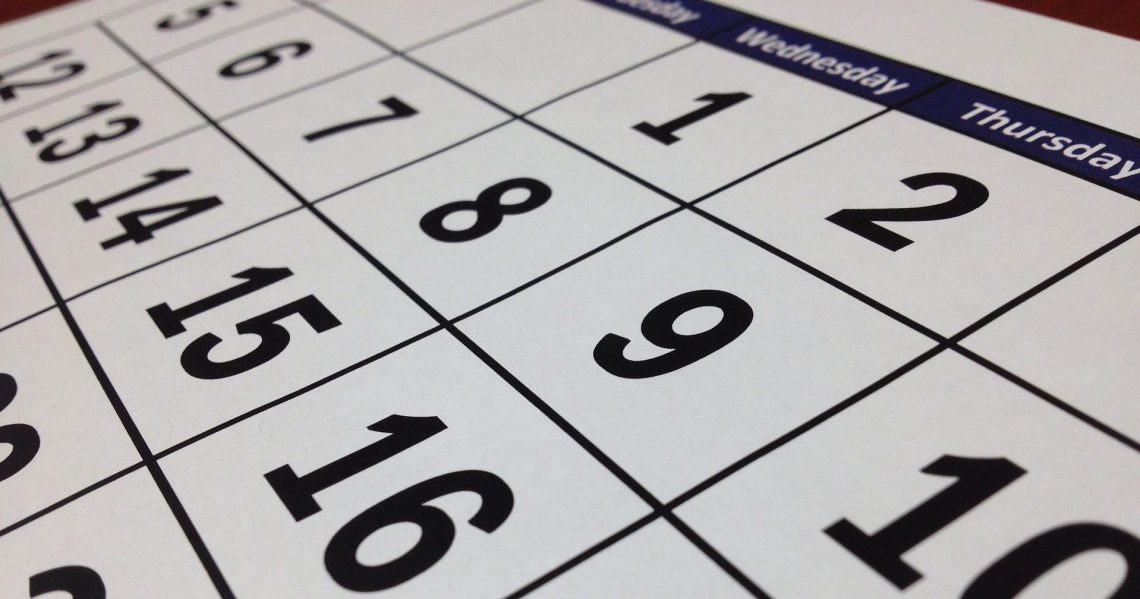A patent filing date is the date the Patent Office acknowledges as the date you applied for a patent on your invention. It is important because it establishes who should get the patent first, or what we call priority. Who has the first priority to get a patent for an invention if two people apply for a patent application on the same or similar invention? That is determined by who has the earlier filing date. However, the patent filing date of your patent application could be different from the date you actually filed your patent application, resulting in the difference between the actual filing date versus the effective filing date.
Actual Filing Date
The actual filing date of your patent application is simply the date you actually submitted, or we call filed, your patent application to the US Patent Office. Filing dates are important in patent law because they are often used to determine who invented something first and therefore first in line to be eligible for the patent. The famous story tells of Alexander Graham Bell rushing to the patent office to beat Thomas Edison in applying for a patent on the telephone in 1876.
Filing dates also establish how long your patent rights last for. If the US Patent Office approves your patent application for a non-provisional utility patent, you have 20 years of patent rights which start from your actual filing date.

Effective Filing Date
A patent application can inherit another patent application’s filing date which you filed earlier, to get an effective filing date. For example, you can file a provisional patent application to quickly and inexpensively save a filing date before you decide to go ahead with a full non-provisional patent application. Let’s say you file a provisional patent application on January 1, 2000. You have 12 months to file a non-provisional application before the provisional application expires. Let’s say you file the non-provisional on January 1, 2001, the last day the provisional application is active through. Your non-provisional application can claim the priority date of your provisional application. In other words, the non-provisional application you filed on January 1, 2001 has an actual filing date of January 1, 2001, but an effective filing date of January 1, 2000 that it inherited from the provisional patent application. If someone filed a patent application for the same invention in between the date you filed your provisional application and your non-provisional, you would still have priority over that other person and be first eligible for a patent. This is because your non-provisional patent application inherited (we call claimed) the filing date of the provisional patent application. In the eyes of the US Patent Office, you are ahead of the other person even though you didn’t file your non-provisional patent application before the other person. This is because you had previously filed a provisional application before the other person and filed a non-provisional before the provisional expired. This is the power of the provisional patent application to essentially “save the date” to be used by a non-provisional patent application later. For further reading on provisional patent applications, see our post: Understanding Provisional Patent Applications.
In the same scenario, if your non-provisional patent application is approved and you are issued a patent, your 20 year term would still be calculated from the actual filing date of the non-provisional application.


